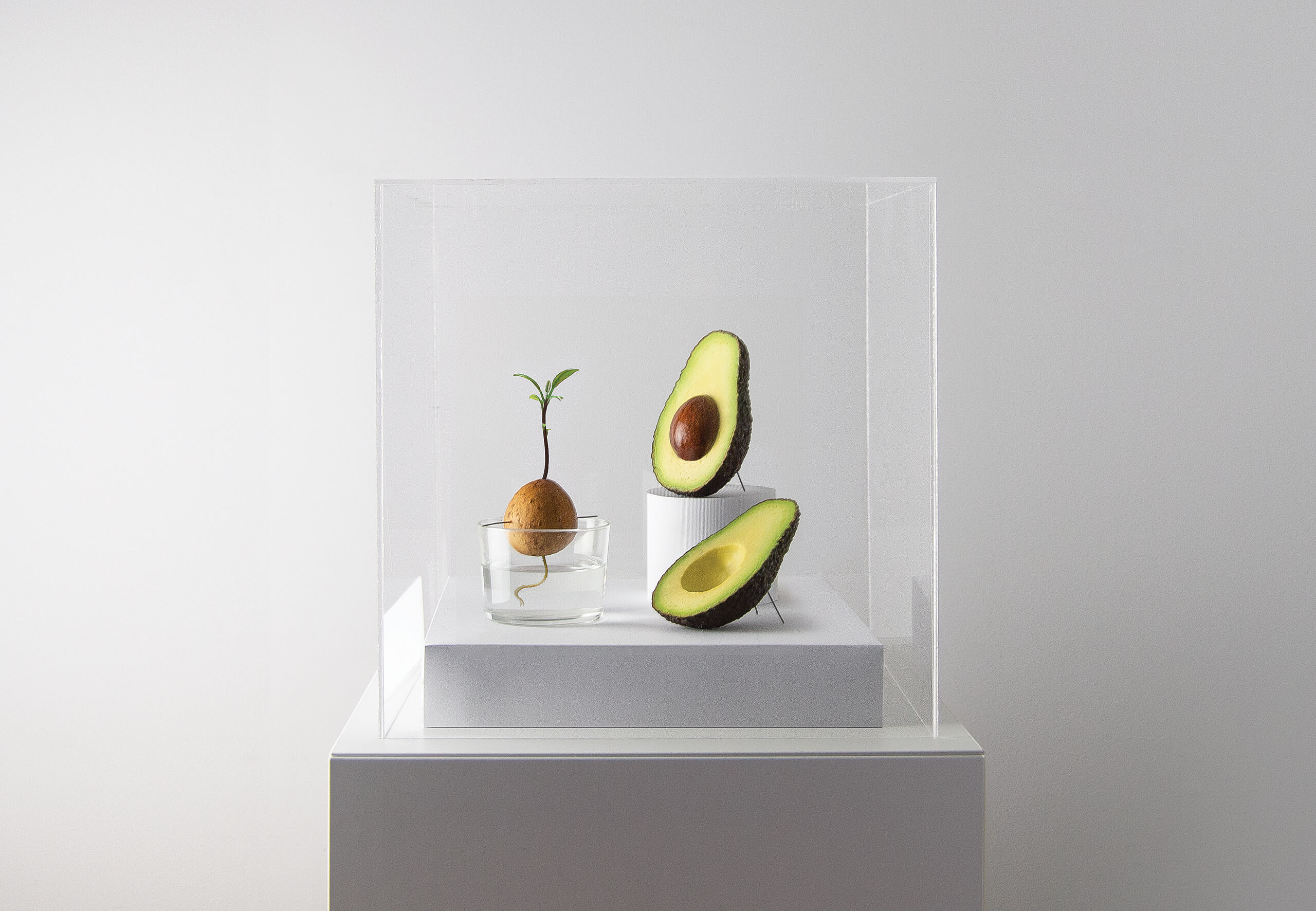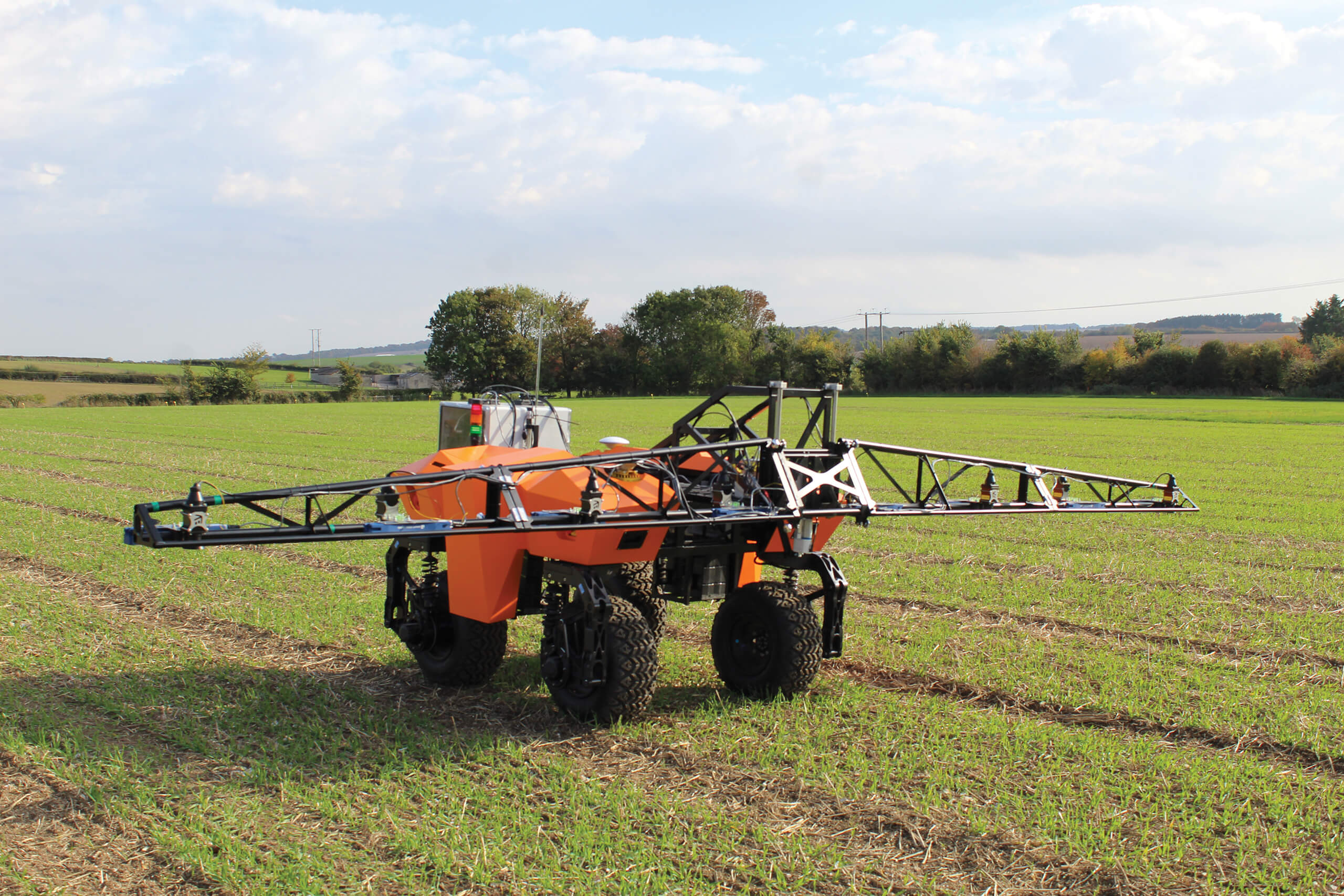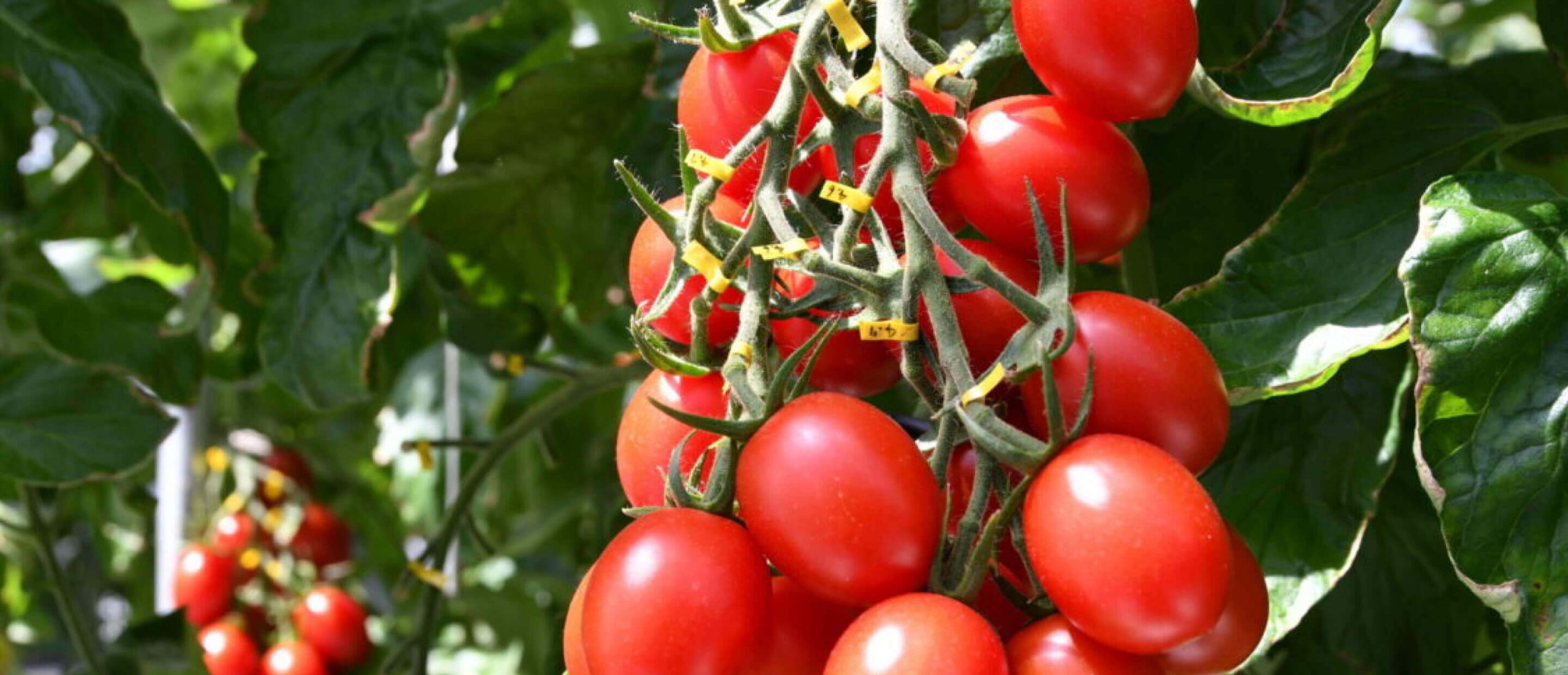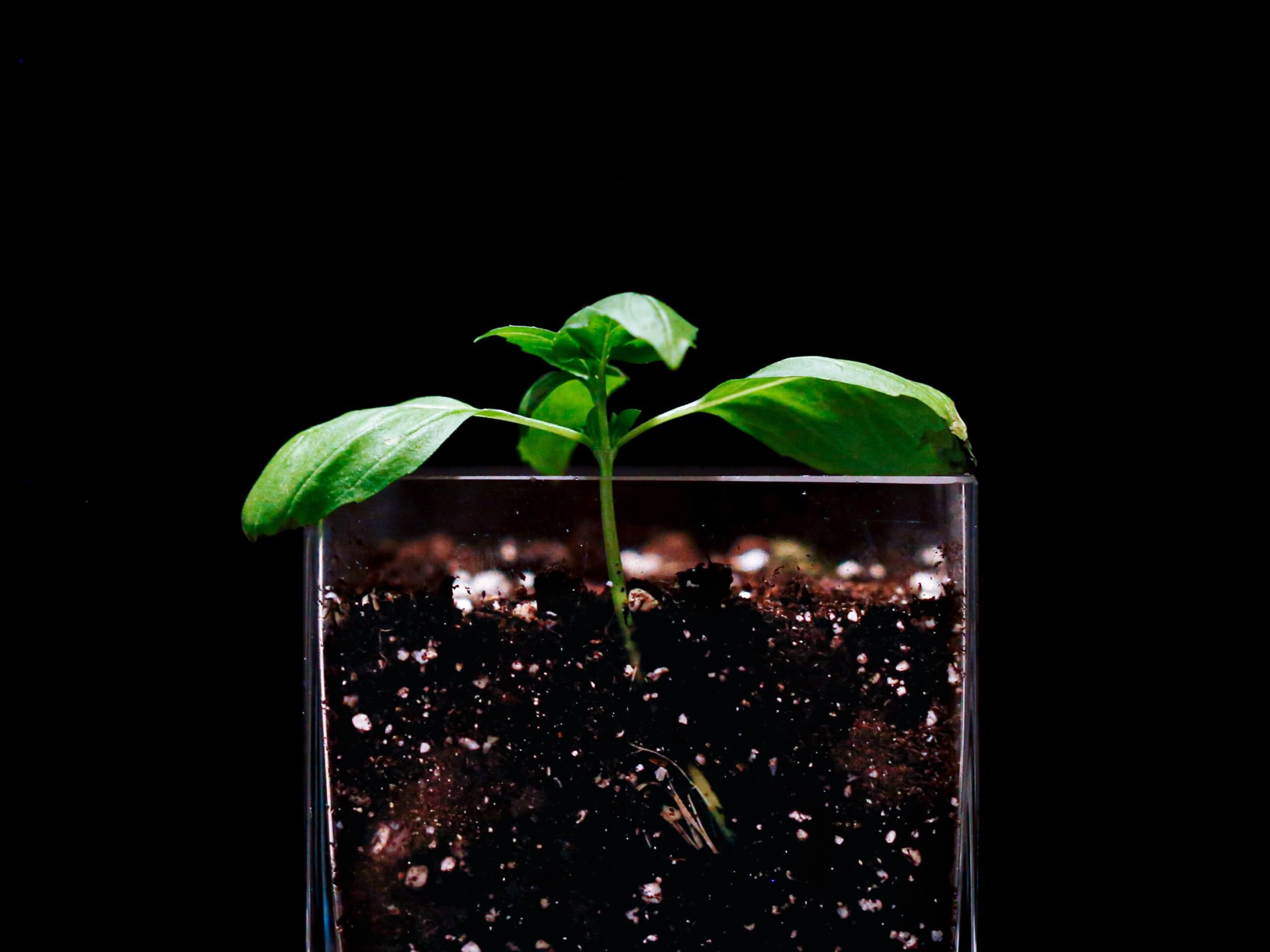
World Food Prize laureate in 2018, Lawrence Haddad is the Executive Director of the Global Alliance for Improved Nutrition (GAIN) and a thought leader in international nutrition and food security. We sat down with him to explore his perspectives on the global alternative protein sector and what its growth may mean for farmers in 2025 and beyond.
Views on Agriculture: What role do alternative proteins play in increasing global food security and nutrition?
Lawrence Haddad:
Currently, alternative proteins are not particularly key to increasing food security and nutrition, but they have immense promise to play such a role. If developed well, they could help reduce both greenhouse gas emissions and animal-source food consumption for those who are consuming above their nation’s dietary guidelines – this is an effective way to prevent obesity, diabetes, coronary heart disease, and some forms of cancer. For lower income populations, alternative proteins could be a way of accessing more nutritious foods at prices lower than animal-sourced foods.
But there are many caveats. Alternative proteins must be at least as nutritious as the foods they replace, contain good quality protein and bioavailable vitamins and minerals. They should have a low environmental footprint, be affordable, desirable and appealing to consumers, and be profitable for many farmers to grow.
Views on Agriculture: What does collaboration between farmers and tech companies in this sector look like?
Lawrence Haddad:
Alternative proteins are everything from fermented soy to lab-grown meat, so there will be a wide variety of collaborations. The key thing will be balancing the ability to scale without squeezing the livelihoods of smaller farmers who grow animal-sourced foods. How to balance scale and equity will be key. Since tech is more powerful than the farm lobby, I am worried about the farmer outcomes, to be honest.

Views on Agriculture: What does it mean for farmers – for those who are already producing crops for alternative protein sources, and those who have not yet started?
Lawrence Haddad:
For farmers who are already producing crops for the sector, it’s a big opportunity in the Global North, but only if consumers can be convinced. For smallholder farmers in the Global South, it may be an opportunity if they have the innovations they need, and farmers are given help to navigate safety standards and aggregate their production. For larger farmers in the Global South, it’s a big opportunity if there’s enough consumer demand, and if they can compete against farmers in the Global North. Insects for animal feed is already a big opportunity in the Global South.
The key thing will be balancing the ability to scale without squeezing the livelihoods of smaller farmers.”
Views on Agriculture: Are there any crops that are grossly underutilized, and could be grown more widely? If so, why is this?
Lawrence Haddad:
There are many crops in this category and the biggest effort to uncover them is the VACS program led by the USDA. The VACS team gives an example from Malawi, which is heavily dependent on maize – a crop that’s highly vulnerable to climate change. But Malawi’s traditional food crops (e.g., sorghum, millet, Bambara groundnut, yams) can boost climate resilience and meet childhood nutrient needs because they are rich in vitamins, minerals, and proteins.
Views on Agriculture: As we focus on 2025 and beyond, are there new insights in this sector that the agriculture audience would find valuable?
Lawrence Haddad:
The market will grow, so be aware of its potential to diversify production and therefore reduce production risk and potentially increase margins. But it carries risks, too, in terms of consumer acceptance, government regulation, and the need for up-front investments. So, do research, work together in farmer associations to share learnings and boost collective power, and beware of “fake it till you make it” claims from innovators.




